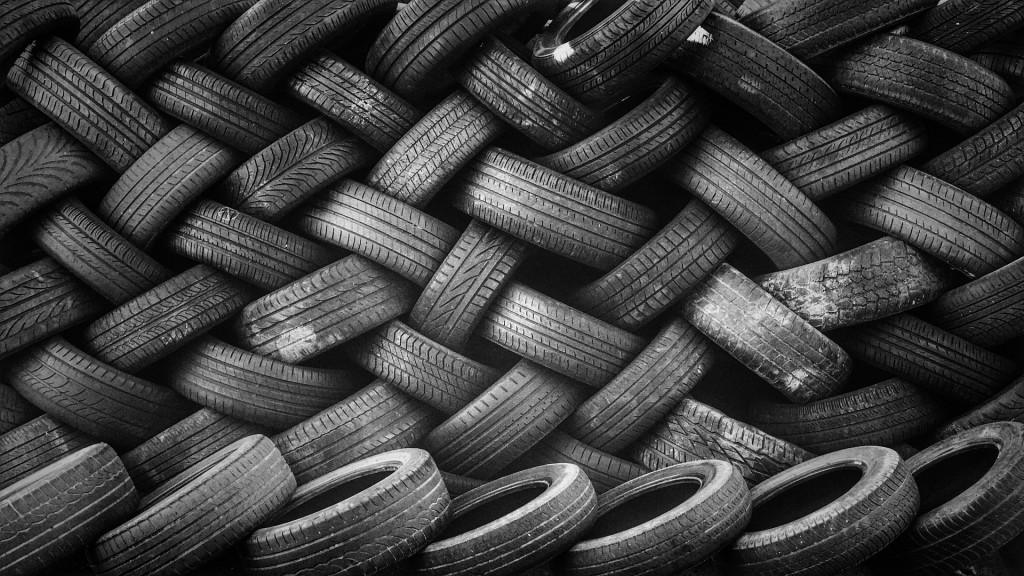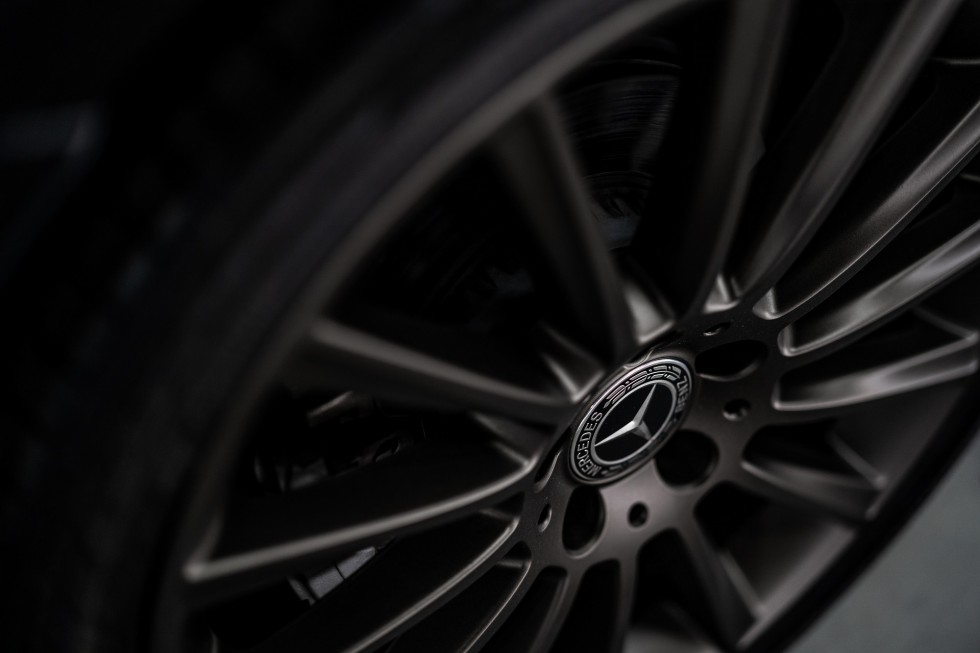Why are bald tires dangerous?
Providing your car with the traction, which keeps the vehicle on the road and allows you to drive safely even on wet and slippery highways during the most unfavorable weather conditions, tires tend to wear down over time. It’s not only the friction between the tires and the road, but also improper inflation pressure (both over inflation and under inflation) and tire alignment that makes the tire treads wear off and contributes to the uneven load distribution between the tires.
Bald tires decrease the driver’s control over the vehicle, especially when the slippery surface of the road eliminates the car’s traction and turns your car into an uncontrolled rushing beast. That may cause terrible car accidents and threaten the lives of those who happen to be on the road with you. Therefore, responsible car owners need to provide for the safe car journeys and, remembering the vital importance of regular tire maintenance, make sure that the treads on the tires remain thick and their surface doesn’t feature numerous cracks.
The lifespan of your wheels will depend on their quality, as well as on your driving frequency and mileage, the quality of the roads, the weather conditions, the way you take care of them and even the driving speed. Thus, it’s practically impossible to determine how often you’ll have to replace your tires unless you’ll drive the exact same car for long enough to carry out a couple of tire changes and figure out how long they tend to last for you.
While those who take their cars to regular inspections may rely on the auto repair pro’s advice on when to change tires, some people might need a few guidelines on which examination steps to take to determine that it’s time to get their car’s tires replaced.
I suggest that we all should do it this time of the year in order to get our cars ready for the late fall and winter rains and snowstorms.
How to know when to replace tires
1. Check the depth of the treads
Good old Lincoln test
As we already know, good tires are tires with deep treads. Once the treads get 1/16 of an inch (about 1.5 millimeters) and less, it’s time for your tires to retire. However, if the quality of the roads you normally drive on is quite high, and they’re unlikely to get wet or slippery, you may allow the treads to wear off up to 1 millimeter before they need to go.
You may easily check the depth of the tire tread using an old silly Lincoln penny head that might sound quite ridiculous. It works like a charm, though. You just need to find a penny, grab it with your fingers to turn Lincoln’s head upside down and stick it into the gap between the treads. If the top of his head appears hidden in the tread gap, then your tires will serve you a little bit more (the deeper the head ‘sits’, the longer). If the President’s head remains fully visible, you have to prepare yourself to do major tire shopping.
Tread bars
You won’t have to carry out this penny experiment if you have relatively new tires, which feature thread wear lines. They provide the car owner with the extra convenience when it comes to checking for the tread depth. The thing is that while the tires are in acceptable condition, those lines (also known as thread wear indicating bars) stay either invisible or barely noticeable.
As the treads wear off, those bars become more and more prominent, indicating the need for the new tires. Once you notice quite significant bars on your tires, take your car to the auto repairs (find the best shop in your local area on HireRush.com) and get them checked. Most likely, you’ll have to get them changed.
2. Examine the general condition
Even if your tires aren’t bald, they may feature other damages that deteriorate their safety and may lead to the early replacement. The material tires are made of may crack due to the heavy loads, different weather conditions, and many other driving factors. Some mechanics even note that the cleaner we use to wash our wheels might contribute to the crack appearance on the tires’ sidewalls. And you don’t want those cracks to pop right on the road and get you into trouble.
So, if the numerous cracks in the sidewalls don’t look like thin scratches anymore, get your tires checked for leaks and ask the mechanic if it’s time to replace them.
Unusual dents and bulges on the sidewalls indicate the disruption of the tire’s structural integrity and the risk of a sudden blowout. If you notice these damages, go ahead and replace the tires as soon as you can even if you think that the treads are looking fine.
Obviously, if you poke your tire while driving, you need to get it patched or replaced as well.
3. Pay attention to the sounds
The way your car feels and sounds when you drive it tells a lot about its condition. The unusual vibration your vehicle produces ‘on the go’ might be a sign of internal tire problems or improper tire alignment, especially if you notice that vibration or moderate shaky sounds while driving on smooth, bump-free roads.
However, you need to get your vehicle inspected to figure out the true reason behind that dissonance.

Did you know that they invented tires with the self-regenerating treads?! Check out that craziness on Auto.howstuffworks.com.






Wonderful site. Lots of useful info here. I’m sending it to several pals ans additionally sharing in delicious. And obviously, thanks to your sweat!
Regards
Rose Martine